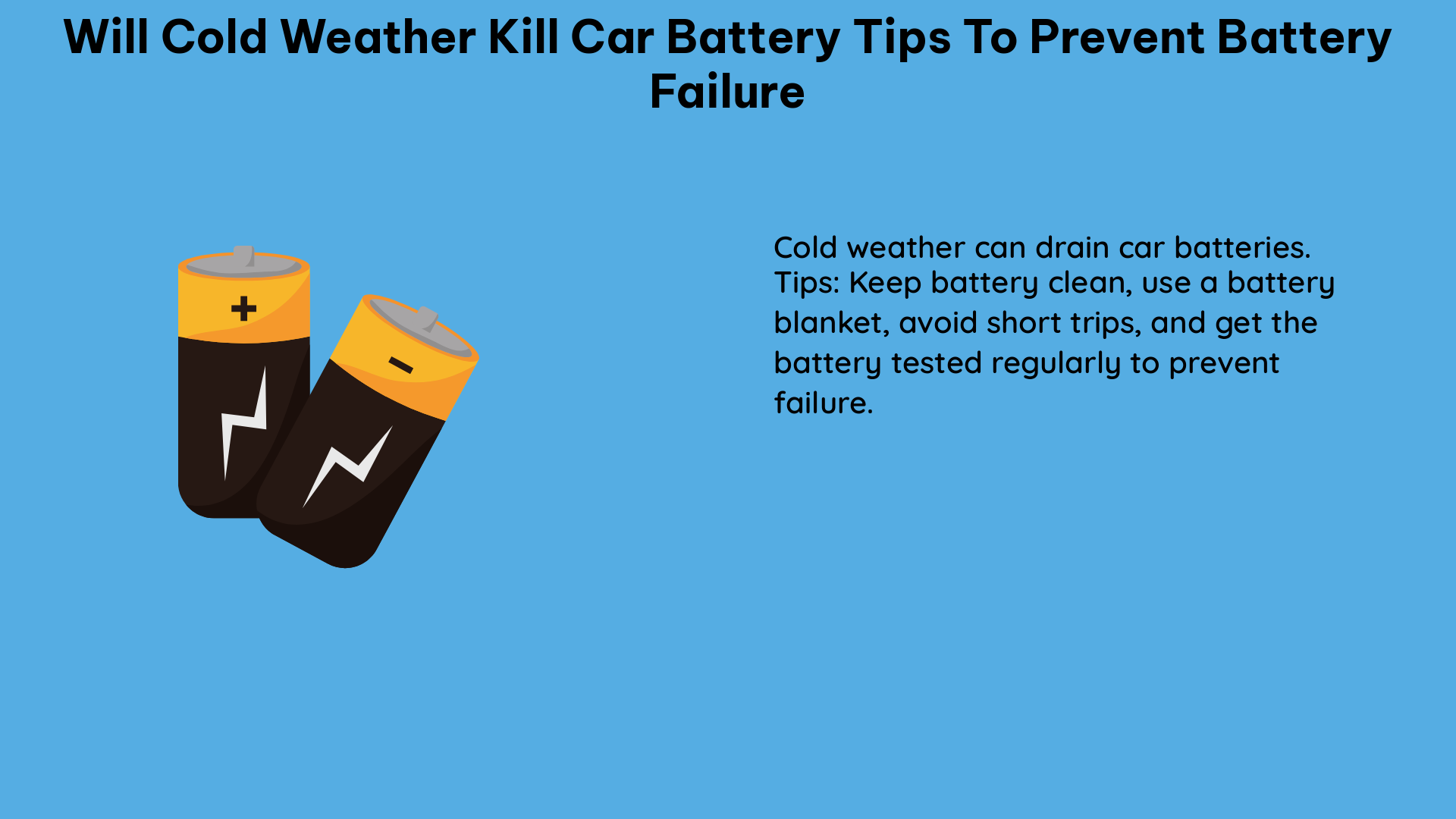Cold weather can significantly impact your car battery’s performance, reducing its strength and potentially leading to failure. At 32 degrees Fahrenheit, a car battery loses about 35% of its strength, and at 0°F, it loses about 60% of its strength. This reduction in power can make it difficult for the battery to power the car’s electrical system, especially during cold weather when the engine’s motor oil becomes thicker, requiring more power from the battery to turn the engine over.
Understanding the Impact of Cold Weather on Car Batteries
Battery Capacity Reduction
- At 32°F, a car battery loses about 35% of its strength.
- At 0°F, a car battery loses about 60% of its strength.
- A car battery can lose a third of its power in freezing weather.
Increased Cranking Demand
- Cold weather causes the engine’s motor oil to become thicker, requiring more power from the battery to turn the engine over.
- This increased cranking demand can strain the battery and lead to potential failure.
Battery Chemistry Changes
- Cold temperatures can cause chemical changes within the battery, reducing its ability to hold a charge and deliver power.
- The lead-acid chemical reaction that powers the battery becomes less efficient in cold weather.
Tips to Prevent Car Battery Failure in Cold Weather

Eliminate Human Error
- Turn off all car accessories when the engine is not running.
- Ensure interior car lights are off before exiting the vehicle.
Keep the Battery Clean
- Perform periodic corrosion checks on the battery terminals and connections.
- Scrub off any corrosion with a baking soda and water solution.
Secure the Battery
- Make sure the battery is tightly fastened, especially if you drive on bumpy roads.
- Loose batteries can cause damage and lead to premature failure.
Maintain a Warm Battery
- Store the car in a garage to keep the battery at a warmer temperature.
- Consider purchasing a Battery Blanket to provide extra warmth to the battery.
Get Routine Maintenance
- Schedule a battery and charging system check in the fall, especially if the battery is older than three years.
- This will help identify any potential issues before the cold weather sets in.
Replace the Battery Regularly
- Install a new battery with a cold cranking amp (CCA) rating that matches your vehicle manufacturer’s suggested rating.
- Replace the battery every three to five years to ensure optimal performance.
Reduce Electrical Load
- Unplug phone chargers and USB cables when not in use.
- Turn off lights, wipers, and the heater at the end of your drive to prevent an unnecessary drain on the battery.
Limit Heater Usage
- Avoid using your car’s heater longer than necessary to prevent extra strain on the battery.
Technical Specifications
| Metric | Value |
|---|---|
| Battery Capacity Reduction at 32°F | 35% |
| Battery Capacity Reduction at 0°F | 60% |
| Battery Power Loss in Freezing Weather | 33% |
| Recommended Battery Replacement Interval | 3-5 years |
References
- How cold weather affects your car’s battery – AccuWeather, https://www.accuweather.com/en/weather-news/how-cold-weather-affects-your-cars-battery/335812
- Arctic blast Texas: Can cold weather kill your car battery? Preventing …, https://www.fox26houston.com/news/arctic-blast-texas-can-cold-weather-kill-your-car-battery
- How to keep your car battery from dying in cold weather, https://fox4kc.com/news/kcs-frigid-temperatures-killing-car-batteries-keeping-auto-experts-busy/

The lambdageeks.com Core SME Team is a group of experienced subject matter experts from diverse scientific and technical fields including Physics, Chemistry, Technology,Electronics & Electrical Engineering, Automotive, Mechanical Engineering. Our team collaborates to create high-quality, well-researched articles on a wide range of science and technology topics for the lambdageeks.com website.
All Our Senior SME are having more than 7 Years of experience in the respective fields . They are either Working Industry Professionals or assocaited With different Universities. Refer Our Authors Page to get to know About our Core SMEs.